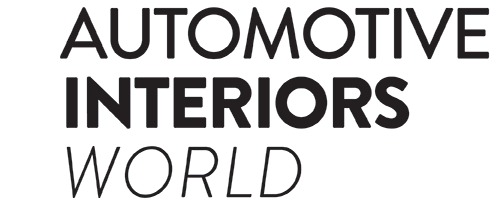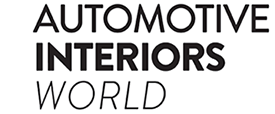An automotive virtual platform called COQOS Hypervisor SDK from OpenSynergy now enables the seamless deployment of complex software systems including several virtual machines running different operating systems in the cloud to the automotive edge.
Due to a wide range of devices based on the open standard VIRTIO included on the virtual platform, it is possible to run software developed in the cloud on the automotive edge without modification.
Normally, OEMs and their suppliers have developed software on automotive-specific and difficult-to-source compute hardware in early development stages and then migrated to expensive prototype vehicles as start of production approached. Making that hardware and vehicles available to software teams distributed internationally is almost impossible. The current chip shortage also makes this problem worse.
Cloud development is an effective solution for the automotive industry, especially when it is supported by the open standard VIRTIO. As a member of the OASIS Open consortium which maintains this standard, OpenSynergy has worked to expand the scope of the open standards in the automotive domain. There are missing automotive-specific VIRTIO devices, so OpenSynergy is working within the OASIS consortium to close the gap.
Due to this commitment, OpenSynergy provides an automotive virtual platform including a large number of devices, which adhere to the latest version of the VIRTIO specification. OpenSynergy thereby opens up the possibility to coherently transfer software systems of any complexity to the cloud, where the entire system can be developed and configured. Even the integration of different software components -– i.e., both the operating systems and the applications running within them – with very different requirements for safety and real-time behavior, can be integrated and individually updated in the cloud without the risk of the components interfering with each other or losing their functional safety properties.
The company states that for the first time ever, OEMs and Tier 1s can now go beyond the typical application development offering in the cloud and are free to develop on multiple operating systems simultaneously – even operating systems that have not been specifically ported to run virtualized in the cloud.
OpenSynergy’s solution enables a cockpit controller to be fully integrated into the cloud, comprising an instrument cluster on a Linux operating system in one of the virtual machines, and an infotainment system running in another virtual machine. Due to the company’s VIRTIO devices, integrators can seamlessly move the entire system from the cloud to the edge instead of individual parts ported specifically to run in the cloud.
The key factor for developing software in the cloud is the parity between cloud-based development environments and the vehicle environment. Virtualization based on open standards, such as VIRTIO, enables easy portability of any software system from the cloud to the edge. Here, the operating systems use virtual drivers that are standardized and therefore independent of the hypervisor as well as the underlying hardware, which can even be a cloud server.
The operating systems to be deployed simply have to support the VIRTIO standard, which is widely used in the enterprise computing domain and supported by many operating systems, including all which use a Linux kernel. There is no need to have an extra ‘cloud’ port for each operating system used in the system for development purposes only. You can simply use the same exact VIRTIO-based operating system in the cloud as you use on the automotive edge.
Manufacturers developing their automotive software products in the cloud benefit from access to nearly unlimited computing power. This allows testing and validation on a massive scale on an almost limitless amount of ‘virtual targets’. This is why cloud development will empower software-defined architectures, which makes software and features the starting point for development: First, developers design an architecture that includes all the desired functions of a system, without considering any hardware constraints or porting efforts. Only after the software design has been created, do manufacturers decide which hardware to use. The software-defined architecture approach provides freedom of choice in hardware and in software components. Already in use in data centers, cloud development will transfer this approach now to the automotive industry.
“Arming our customers with our OpenSynergy virtualization products including the best-in-class VIRTIO implementation in the cloud is a game changer for all embedded developers as they will have easy access and scale available at their fingertips,” said Isaac Trefz, product manager for OpenSynergy’s COQOS HV SDK. “With our trusted, industry-leading VIRTIO device implementation, we’re confident the potential for efficiencies and cost savings will resonate across the automotive industry.”



